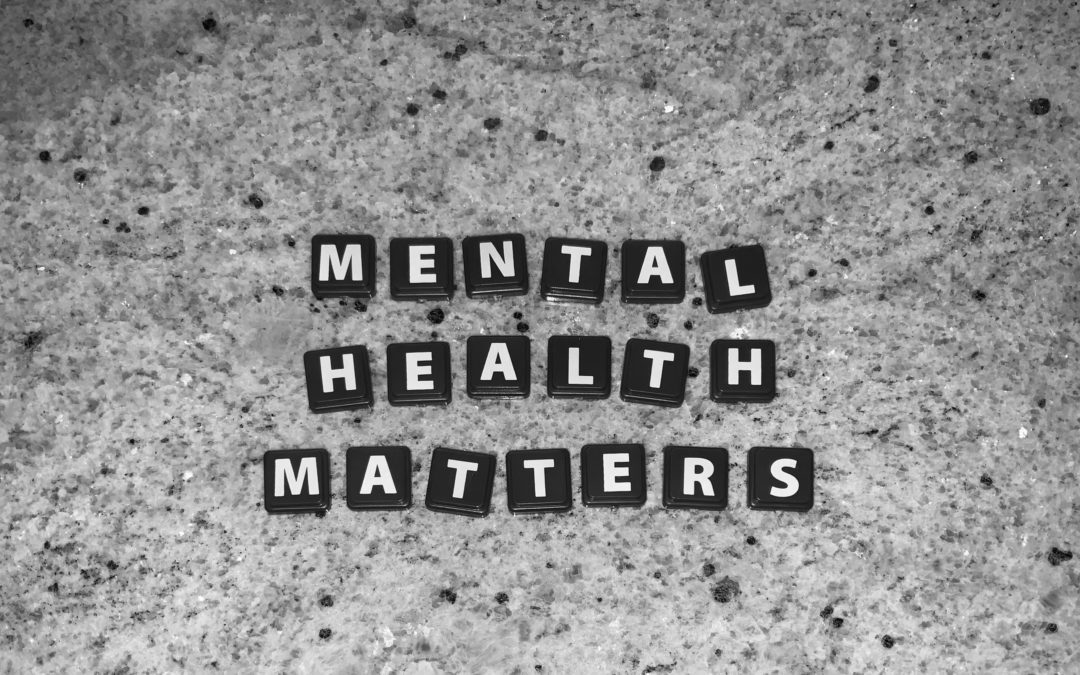Author: Niki Castle
Disclaimer: Contains language that may be deemed as offensive
Growing up in a biracial home, I became aware of the difference between white and black at an early age. My Irish mom received varied responses to her mixed-race kids. From, “you can’t bring your little nigger kids in here,” to “how wonderful you adopted and rescued those kids.” It was the 80’s. Race was on the tip of everyone’s tongue and being black was toxic. That was why when I heard stories of a long history of mental illness on the black side of my family, I fell victim to stigma. I was told my schizophrenic aunt was “driven crazy”. The story about my uncle who received electric shock treatment against his will while in prison frightened me to my core. What I didn’t understand at that time was that my ancestors were just a couple of the millions of black people who fell victim to scientific racism blamed on mental illness.
Dating back to the days of slavery, black men were described as having “primitive psychological organization” making them “uniquely fitted for bondage”. In 1851 “drapetomania” was defined as a mental illness that caused black slaves to flee. A result of slave owners allowing too much freedom and treating them as equals. Treatments included “whipping the devil out of them” or, more preventative measures such as cutting off a big toe making running physically impossible. It was also during slavery that experimentation on blacks first began. It was widely believed that black people were immune to pain so unthinkable experiments were performed on black men, women, and children without anesthesia. J. Marion Sims, considered the father of gynecology, experimented on hundreds of female slaves without their consent or anesthesia. Beginning in the 1800’s, eugenics-based theories led to forced sterilizations of black women deemed mentally inferior to white people. This continued throughout the 20th Century.
Despite the abolition of slavery, mental illness continued to be a driving force for segregation and the mistreatment of black people. Prior to the civil rights movement, schizophrenia was described as a mostly white, docile, and generally harmless condition. Beginning in the 1960’s views of the illness took a turn, categorizing it as a violent social disease or brain dysfunction afflicting black men and manifested through rage, volatility, and aggression. This unwell psyche of blacks helped justify police brutality, imprisonment, and forced hospitalization often where white male superintendents would hire unlicensed doctors to administer unnecessary and forced electroshock, chemical therapies, and psychosurgeries or lobotomies, to treat the brain dysfunction that was believed to have led to the social uprising of the Civil Rights Movement. The discrepancies are still present today. While black people make up only 13% of the population, they make up nearly 40% of the prison population, six times more than white men. The rate for women is nearly double.
It is no surprise that this history of abuse by mental health and medical practitioners has led to distrust and overwhelming stigma in the black community, preventing many from seeking help. A study by the Congressional Black Caucus to Congress found the suicide death rate among black youth is increasing faster than any other racial/ethnic group, rising 73% between 1991-2017. More recent research discovered from 2000 to 2020 black youth, ages 5-12 were two times more likely to die by suicide than white children.
The way to change hundreds of years of abuse in the mental health system begins with awareness. Increasing awareness defeats the stigma that is plaguing black America. Also, representation matters. Less than 2% of American Psychological Association members which can create unconscious bias and stereotyping when diagnosing.
Stigma played a huge role in my avoidance of seeking help. For nearly 20 years I avoided every white doctor who wanted to tell me I was “crazy”. That landed me in the hospital. When I got out, I knew I couldn’t avoid it anymore. With the help of my family, I was able to put together a mental health team comprised of two minority women who can see past the color of my skin. I am one of the lucky ones. That is why I share my story. To create awareness and work towards eliminating stigma in the black community.
Niki Castle, Mental Health Coach
The content of the International Bipolar Foundation blogs is for informational purposes only. The content is not intended to be a substitute for professional medical advice, diagnosis, or treatment. Always seek the advice of your physician and never disregard professional medical advice because of something you have read in any IBPF content.


